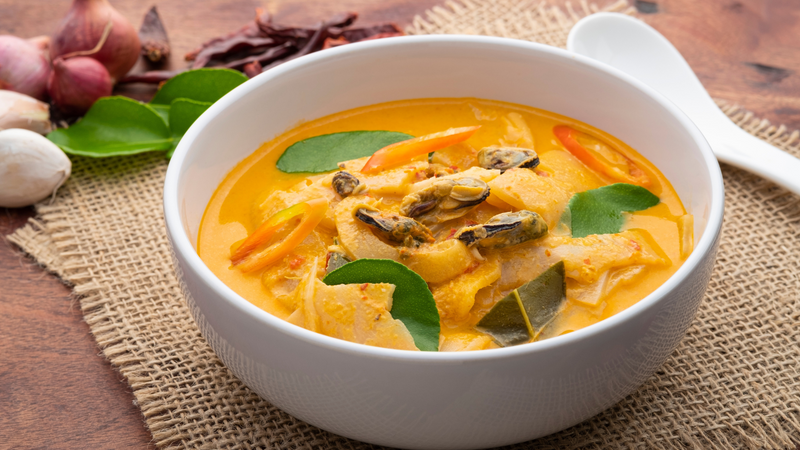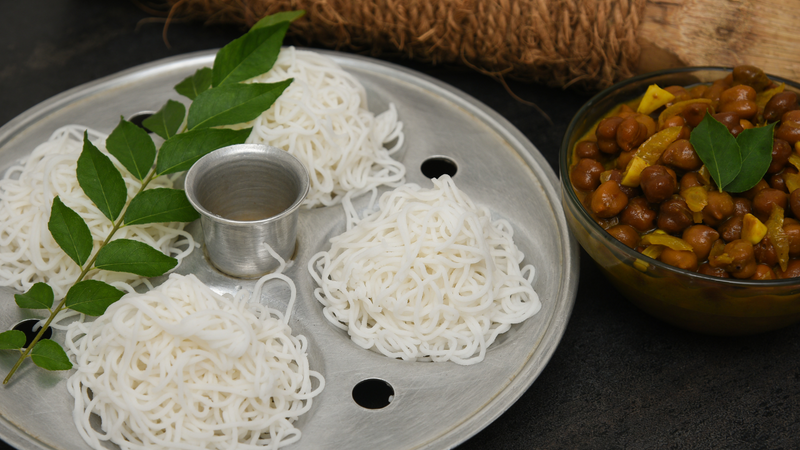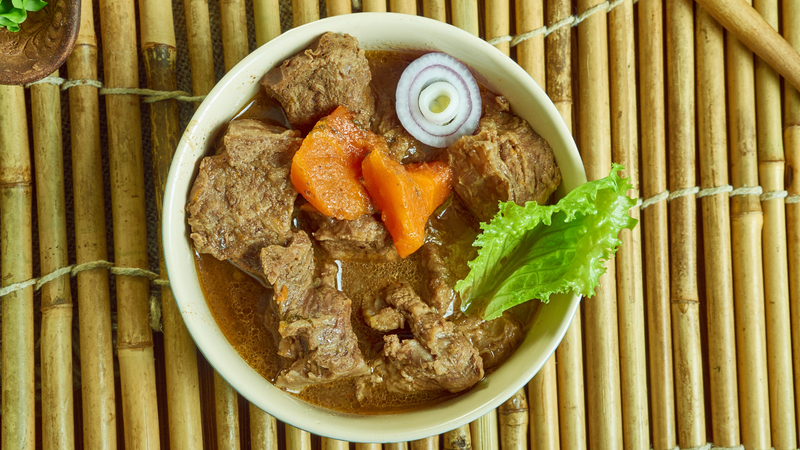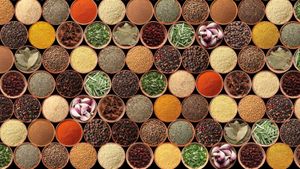Coorg, also known as Kodagu, is a district located in Karnataka. The district is situated in the Western Ghats mountain range and has an average elevation of 900 metres above sea level. Coorg is known for its unabashed scenic beauty, lush green forests, rolling hills, and coffee plantations. It is also home to several rivers, including the Cauvery, which is considered sacred by the locals.
The local people of Coorg are known as Kodavas and have a rich cultural heritage. They are known for their unique customs, dress, and festivals. Coorg is a popular tourist destination, and visitors can enjoy activities like trekking, camping, white-water rafting, and sightseeing.
Here, we will talk about another thing which makes Coorg a must-visit destination. Coorg cuisine has a rich and diverse history that is influenced by geography, climate, and cultural heritage. The cuisine of Coorg, also known as Kodava cuisine, is a blend of indigenous Kodava traditions and outside influences from neighbouring regions such as Kerala, Karnataka, and Tamil Nadu.

The Kodava people are the indigenous inhabitants of Coorg and have a long history of agriculture, hunting, and food preservation. Their cuisine is characterised by the use of locally-sourced ingredients such as bamboo shoots, wild game, jackfruit, and mushrooms.
Over time, the Coorg cuisine was influenced by the neighbouring regions, especially Kerala. The use of coconut and coconut oil is a common feature of both Kerala and Coorg cuisine. The Portuguese and British colonial powers also had an impact on Coorg's traditional food, introducing new ingredients such as potatoes, tomatoes, and chillies.
One of the most unique features of Coorg cuisine is the use of a souring agent called Kachampuli. It is made from the Garcinia gummi-gutta fruit, which is found only in the Western Ghats region. Kachampuli is used in many dishes, including pork curry, chicken curry, and vegetable stews.
A look at the cuisine of Coorg and its history
1. Kadambuttu

Kadambuttu is one of Coorg's famous foods. It is made by mixing rice flour and hot water to form a dough, which is then shaped into small, round balls. The balls are then steamed in a special cylindrical steamer called a kundi, made from bamboo. The steaming process usually takes around 20-25 minutes, after which the kadambuttu is ready to be served.
Kadambuttu is a Coorg speciality served during festivals and special occasions. It is usually eaten with a spicy meat or vegetable curry, such as pork curry, chicken curry, or bamboo shoot curry. It can also be eaten with a spicy chutney or pickle.
2. Bamboo Shoot Curry

Another Coorg speciality is bamboo shoots. It is a flavourful and aromatic curry made with bamboo shoots, a local delicacy in the region. The bamboo shoots used in the curry are usually harvested when young and tender before they become woody and tough. They are then sliced into small pieces and boiled to remove any bitterness. The boiled bamboo shoots are then cooked with a blend of spices and coconut milk to make the curry.
The spice blend used in bamboo shoot curry typically includes coriander seeds, cumin seeds, black pepper, cardamom, and cinnamon. The curry is also seasoned with salt, turmeric, and red chilli powder. The coconut milk used in the curry adds a creamy texture and a slightly sweet flavour that balances the spices. Bamboo shoot curry is served with akki roti, a type of rice bread popular in Coorg's traditional food. It is a hearty and satisfying dish perfect for a chilly evening.
3. Nuuputtu or Noolputtu

Nuuputtu or Noolputtu is a traditional breakfast on the Coorg cuisine menu made from rice flour and coconut. It is similar to string hoppers, a popular breakfast dish in South India and Sri Lanka. To make Nuuputtu, rice flour is mixed with hot water and kneaded into a soft dough. The dough is then pressed through a special instrument called a nool or sevai maker, which extrudes thin, noodle-like strands. The noodles are then steamed until cooked.
Coconut is an important ingredient in Nuuputtu, and it is used both in the dough and as a topping. Grated coconut is mixed with the rice flour to add flavour and moisture to the dough. It is also sprinkled on top of the cooked noodles.
Nuuputtu is usually paired with a spicy curry made with chicken, pork, or vegetables. It can also be eaten with a sweet coconut milk sauce or sugar and grated coconut. Although Nuuputtu is on the breakfast side of the Coorg cuisine menu, you can enjoy it as a snack or a light meal. It is a healthy and filling dish, high in carbohydrates and fibre.
4. Kumbala Kariya Kadubu or Kuleputtu
Kuleputtu or Kumbala Kariya Kadubu is another traditional Coorg special food made from jackfruit and rice flour. It is a sweet dish typically eaten as a snack or a dessert. To make Kuleputtu, the ripe jackfruit is mashed and mixed with jaggery. The mixture is then cooked over low heat until it thickens and forms a sticky mass.
Rice flour is mixed with hot water to form a soft dough, which is then shaped into small cups. The jackfruit and jaggery mixture is then spooned into the cups, and the cups are sealed with a lid made from the same rice flour dough. The cups are then steamed until the dough is cooked and the jackfruit filling is heated. Kuleputtu is a delicious and aromatic famous Coorg food enjoyed thoroughly by Kodavas.
5. Pandi Curry

Pandi Curry is a non-vegetarian Coorg speciality food made with pork. It is a spicy and flavourful dish often served with rice or akki roti. It is a type of rice bread popular in the region. Pandi Curry is prepared with pork pieces marinated with spices like chilli powder, coriander seeds, cumin seeds, turmeric, and ginger-garlic paste. The marinated pork is then cooked in a mixture of onions, tomatoes, and spices until tender and flavorful. The hero of Pandi Curry is Kachampuli. It adds a sour, tangy flavour to the curry and helps tenderise the meat.
In Coorg, you should try their famous filter coffee, made from locally grown coffee beans and served with milk and sugar. Another popular beverage is the Kodava-style homemade wine, which is made from fruits such as grape, blackberry, and passion fruit.
In summary, the cuisine of Coorg has a rich history shaped by its indigenous Kodava traditions and outside influences from neighbouring regions. They use locally sourced ingredients, unique spice blends, and souring agents to make Coorg cuisine a distinct and flavorful culinary experience.
While you have a list of Coorg’s must-visit places, don’t forget to try these banger dishes that will blow your mind. Another thing you can plan if you love to wake up and smell the Coffee in Coorg is to go to a coffee plantation in Coorg. Explore Coorg’s markets to buy nice souvenirs and special handicraft items for your family and friends.
Disclaimer: The details mentioned throughout this blog are sourced from publicly accessible platforms. At Zeezest, we intend to share factual and verified information. Should there be any inconsistencies or variances in the information provided, please understand that these are entirely unintentional and not meant to mislead.


_1682256374596_thumb_1200.png?w=3840&q=75)

